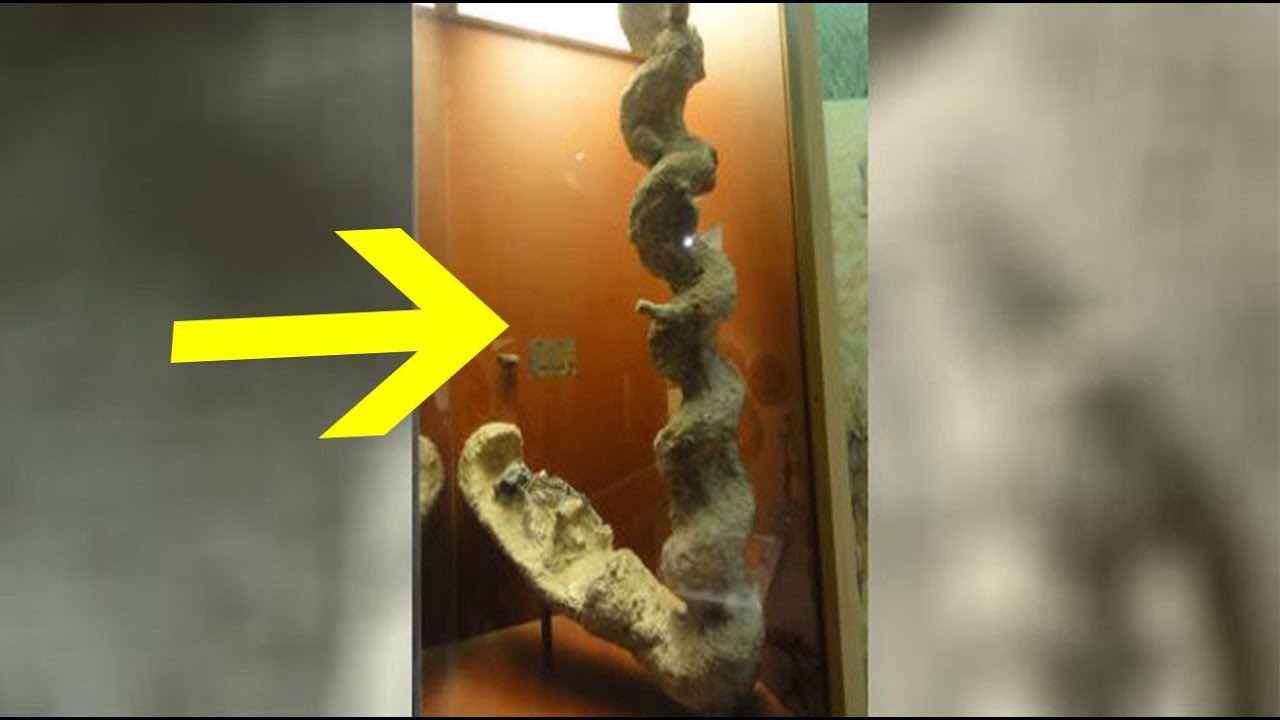The Enigmatic World of Megalithic Wonders
Across the globe, ancient megalithic structures have captivated the imagination of historians, archaeologists, and the public alike. These monumental creations, which include the iconic Stonehenge, the mysterious Göbekli Tepe, and the intriguing Carnac stones, continue to perplex researchers as they attempt to unravel their purpose, construction techniques, and astronomical significance.
Stonehenge – A Prehistoric Masterpiece
Who built Stonehenge, and when was it constructed?
Located in Wiltshire, England, Stonehenge is arguably the most famous megalithic structure in the world. It is believed to have been built in several stages between 3000 and 2000 BCE by a prehistoric people known as the Beaker culture. The massive stones, some weighing up to 50 tons, were transported from as far as 180 miles away, leaving experts baffled by the level of engineering and coordination required for such an undertaking.
What was the purpose of Stonehenge?
The exact purpose of Stonehenge remains a mystery, but researchers have proposed several theories, including its use as a burial ground, a site for religious ceremonies, or an astronomical observatory. Recent studies suggest that the monument may have been aligned with the solstices and other celestial events, indicating a possible connection to ancient astronomy and the tracking of time.
Göbekli Tepe – The World’s Oldest Temple
The discovery of Göbekli Tepe and its age
Göbekli Tepe, located in modern-day Turkey, was first discovered in 1994 by German archaeologist Klaus Schmidt. Carbon dating has revealed that this monumental site was constructed around 9600 BCE, predating Stonehenge by over 6,000 years and making it the world’s oldest known temple complex.
The enigma of Göbekli Tepe’s construction and purpose
The site consists of more than 200 T-shaped pillars, intricately decorated with animal carvings, arranged in circular patterns. The purpose of Göbekli Tepe remains one of archaeology’s greatest enigmas, as it predates the advent of agriculture and permanent settlements. Some researchers speculate that the site may have been a center for religious gatherings, while others believe it may have been an early attempt at recording astronomical events.
Carnac Stones – A Forest of Megaliths
The vast expanse of the Carnac stones
Situated in Brittany, France, the Carnac stones comprise an astonishing collection of over 3,000 megalithic standing stones, arranged in rows and covering an area of more than 2.5 miles. These stones were erected between 4500 and 3300 BCE, making them one of the most extensive megalithic sites in Europe.
Deciphering the purpose and meaning of the Carnac stones
The purpose of the Carnac stones has puzzled researchers for centuries. While some theories suggest they were used as a calendar system, others propose that the stones may have had a religious or ritualistic significance. Recent studies have also explored the possibility that the alignments of the stones may be related to astronomical events, such as the solstices and the lunar cycle.
The Astronomical Significance of Megalithic Structures
The celestial connection: ancient observatories and calendars
Many megalithic structures, including Stonehenge, Göbekli Tepe, and the Carnac stones, have been found to possess alignments with astronomical phenomena. This suggests that these sites may have served as ancient observatories and calendars, helping their builders to track the passage of time and predict important celestial events.
The role of astronomy in ancient cultures
The apparent astronomical significance of these megalithic structures highlights the crucial role that the observation of celestial bodies played in ancient cultures. By tracking the movement of the sun, moon, and stars, our ancestors were able to develop a deep understanding of the cosmos, which informed their religious beliefs, agricultural practices, and daily lives.
The Enduring Legacy of Ancient Megaliths
As we continue to explore the enigmatic world of ancient megalithic structures, the secrets of Stonehenge, Göbekli Tepe, and the Carnac stones remain tantalizingly elusive. The ongoing quest to uncover their purpose, construction techniques, and astronomical significance provides a fascinating glimpse into the minds of our prehistoric ancestors.
These monuments serve as a testament to the ingenuity, skill, and curiosity of ancient civilizations, who were able to create these awe-inspiring structures without the aid of modern technology. By studying these megalithic wonders, we gain a deeper understanding of our collective human past, as well as a greater appreciation for the enduring mysteries that continue to captivate our imaginations.
As researchers continue to delve into the secrets of these ancient sites, new discoveries and theories will undoubtedly emerge, providing fresh insights and bringing us one step closer to unlocking the enigmas of these megalithic marvels. In the meantime, the enduring allure of these ancient wonders continues to fascinate and inspire, drawing visitors from around the world and connecting us to the rich tapestry of our shared human history.
📚📖 Make sure to join Ancient Library on Telegram, and become part of a unique group 👉🏻 https://t.me/theancientlibrary
If you want to help us out and support the page, you can buy us a coffee ( we really appreciate it) 👉🏻 https://www.buymeacoffee.com/ancientlibrary
I am the Librarian, and I, together with the guardians of the Ancient Library, curate content for this site. Welcome, and enjoy your stay.





